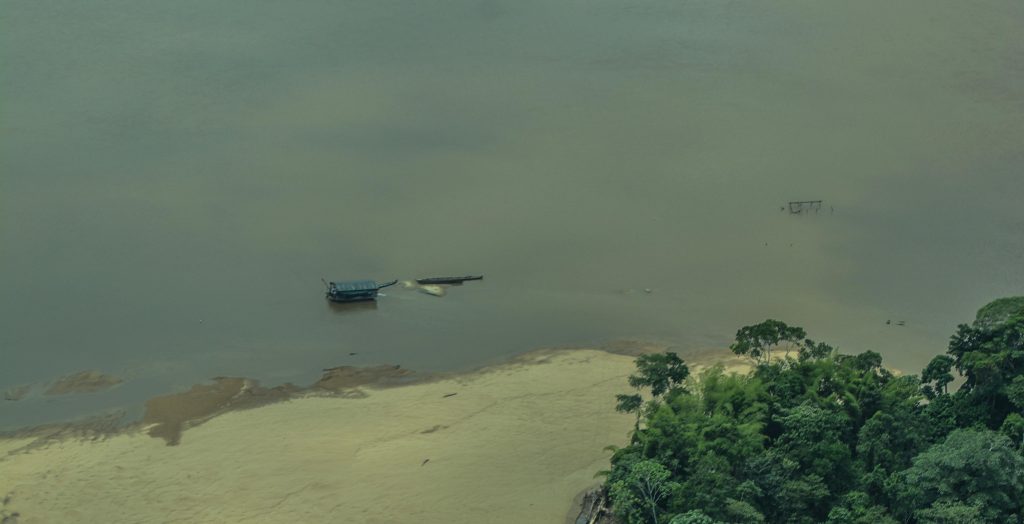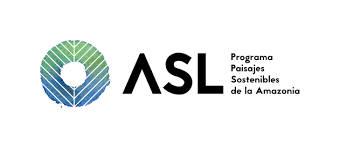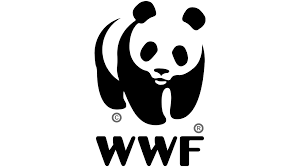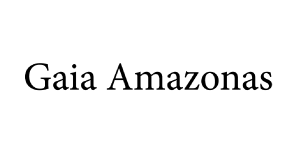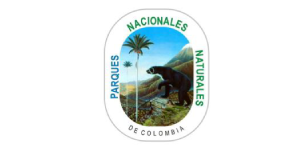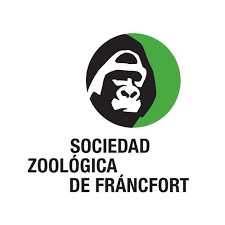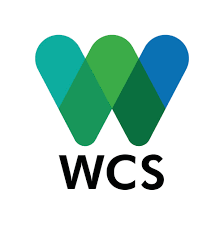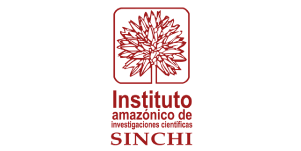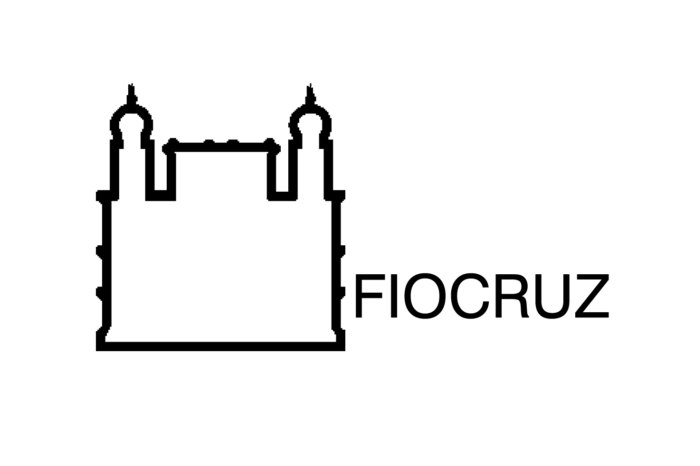Improving regional collaboration to address the impacts of mercury contamination in the Amazon in the Amazon Sustainable Landscapes Program (ASL) member countries: Brazil, Peru, and Colombia.
The Regional Alliance for the Reduction of the Impacts of Gold Mining in the Amazon is an interconnected, cross-border, and multi-stakeholder effort to research ways to manage the impacts resulting from mining in the Amazon Biome and the effects of mercury contamination. This alliance is conformed of the following civil society organizations: Gaia Amazonas Foundation, Frankfurt Zoological Society Colombia and Peru, WWF Brazil and Colombia, FCDS, CINCIA and Fiocruz Brazil, and Colombia’s National Park authority.
Its mission is to conduct a comprehensive study on the problem of gold mining and the use of mercury, with the aim of providing key information that will consolidate efforts and allow governments, research institutes, academic institutions, civil society organizations and others to take ownership of the issue, and as a result, devise a strategy to tackle this problem.
The central tenet of the project “Improving regional collaboration to address the impacts of mercury contamination in the Amazon” is to boost collaboration and the dissemination of knowledge on priority issues identified in different areas by governments, national collaborators, and partner organizations. These issues include: mercury release and the impacts of contamination, law enforcement and policy alignment (monitoring and control), and the community’s ability to respond to pollution and its impacts.
Objective:
Strengthen governance to improve awareness, response, management, and coordination regarding the impacts of mining operations and their associated pollution.
Specific objectives:
- Increase understanding of priority issues concerning mercury contamination.
- Improve the capabilities of key stakeholders involved in the ASL program.
- Strengthen governance by fostering multi-stakeholder engagement and dialogue.
- Provide policy recommendations.
- Design and launch public communication campaigns (for local communities in the ASL countries, as well as for the general public, including gold consumers).
The project will employ two methods of geographic analysis:
- A regional analysis will study the program’s member countries (Brazil, Colombia, and Peru) to gain an overview of the problem by looking at government actions and management thus far, any challenges that have arisen and progress made, and describing any differences in their approach. This analysis will also identify commonalities that can be employed for the basis of discussions at the regional and national levels.
- The elaboration of a reference polygon will reveal the different scenarios playing out in the border area where the three ASL countries meet in order to cross-reference information to determine criteria for analysis; understand the problem at all levels, from local to global; and carry out a geographical analysis that will facilitate the integration of socioeconomic and policy variables which will be presented at discussions at a regional level.
